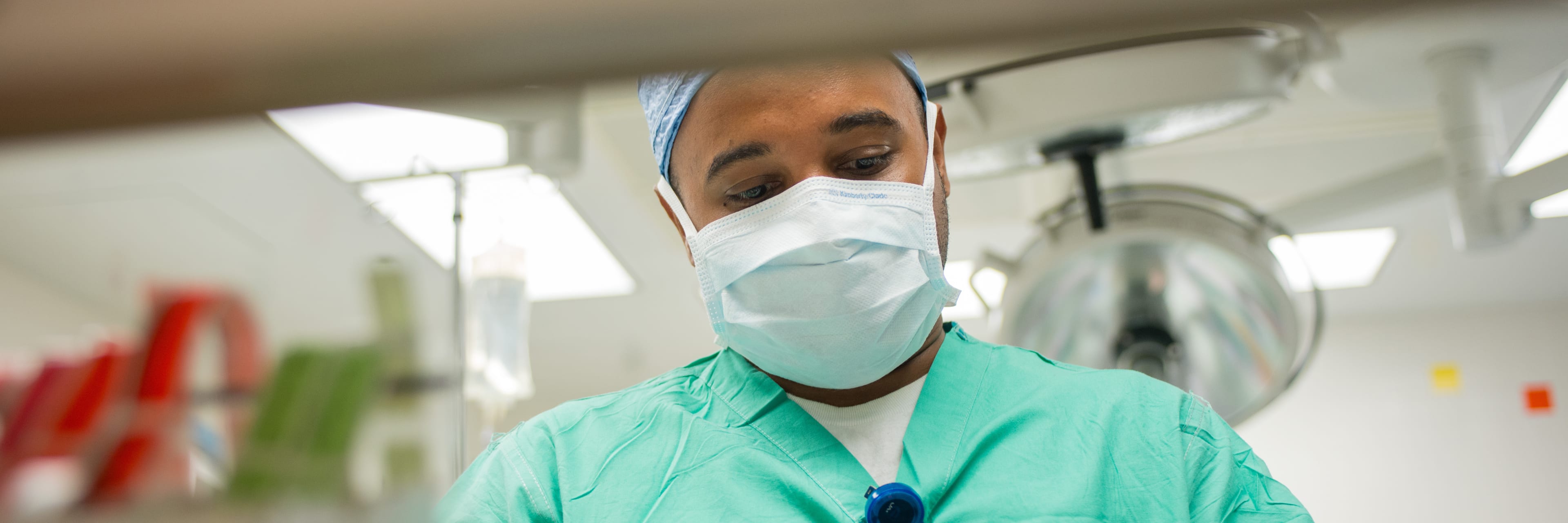Incisionless
Incisionless Main Content

The next generation in minimally invasive surgery is surgery performed without making any external incisions. Instead, the surgeon enters the body through natural openings. This is known as Natural Orifice Translumenal Endoscopic Surgery (NOTES). This is considered scarless surgery.
Transoral Incisionless Fundoplication (TIF)
Gastroesophageal reflux disease (GERD) is also known as acid reflux disease. This is a chronic condition affecting an estimated 25 to 35 percent of Americans. GERD is caused by changes in the barrier between the stomach and the esophagus that allow stomach acid to come into the esophagus. This can result in:
- Severe, chronic heartburn
- Regurgitation
- Reduced quality of life
- Restricted diet
- Difficulty sleeping
TIF is a new procedure that treats early-stage GERD.
How TIF Works
A gastroenterologist or general surgeon uses an endoscope to enter through the throat and travel to the stomach. There, a valve is created using surgical fasteners and the patient's own existing tissue. This valve prevents stomach acid from coming into the esophagus. TIF is a one-hour procedure under general anesthesia that typically requires only an overnight hospital stay. TIF’s advantages over open or laparoscopic surgery are:
- No incisions, so patients recover faster
- Fewer side effects
- No scar
- No more heartburn medication within 2 weeks of the procedure
Patients who receive the TIF procedure are placed on a clear liquid diet the first day, then a full liquid diet for two weeks, followed by soft foods for two weeks. After recovery, many patients can return to eating foods they have had to avoid, such as tomato sauce.
Balloon Sinuplasty
We were first in the region to offer balloon sinuplasty – a new minimally invasive procedure for treating chronic sinus inflammation in children and adults. Sinusitis is one of the most common chronic health problems in the U.S., affecting 37 million Americans each year. Symptoms affects an individual's physical, functional and emotional quality of life, and include:
- Headaches
- Congestion
- Fatigue
Traditional treatment options are:
- Medical therapy, such as antibiotics and topical nasal steroids, which help 75 – 80 percent of patients
- Conventional sinus surgery, such as Functional Endoscopic Sinus Surgery (FESS), which requires bone and tissue removal in order to open up blocked sinus passageways
How Balloon Sinuplasty Works
A small, flexible balloon catheter is placed through a nostril into the blocked sinus passageway. The balloon is then inflated to gently restructure and open the sinus passageway, enabling the sinuses to drain normally. In many cases, this procedure can be performed without removing any tissue or bone. The advantages include:
- Faster recovery times
- Less post-procedure discomfort
- Return to normal activities within 24 for many patients